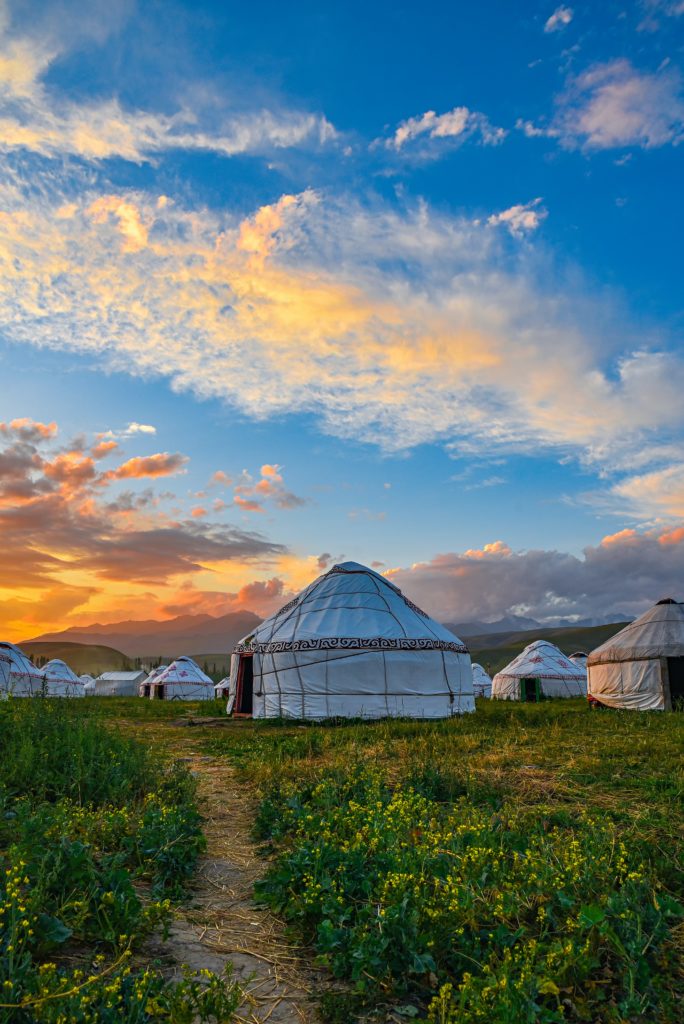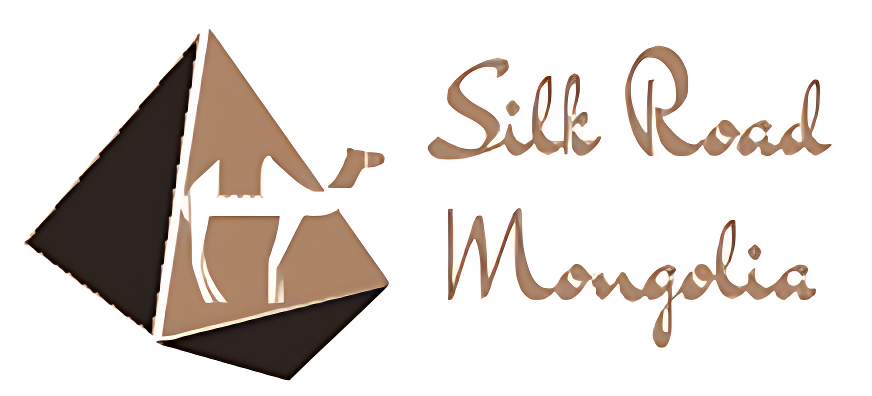Blog
What is a Mongolian Ger / Yurt?
A Mongolian Ger or Yurt is a portable and circular dwelling made of different materials and covered in felt or other fabric. Ger is suited to the Mongolian harsh climate and lifestyle, and it has been the main style of home for thousands of years. You might know Ger / Yurt in relation to the nomads.
It can quickly be assembled and disassembled to be carried and capable of taking in around 10 or more people depending on its size. It can take anywhere from 30 minutes to 3 hours to erect a ger, depending on size and the number of helpers.
Mongolian Ger is such a unique type of dwelling wide used around western parts of Central Asia, Eastern Europe, and especially in Mongolia. It is easily dismantled and reassembled in a short time, and light enough to be carried after being folded and packed. Gers are warm in the winter, cool in the summer, waterproof, and resistant to the harsh climate of Mongolia. Therefore, nearly half of the population are still living in Ger in Mongolia. You can also find Gers in some countries of Central Asia as well.
Structure of the Ger
The structure of Ger is fascinating. Traditional Gers comprises a round, expanding wooden circular frame carrying a felt cover. Those are the two key components of Ger. Ger is constructed on a flat area, and often covered by carpets or floors. The wooden poles consist of sections that are called khana. The khanas are attached to each other with ropes and detached when moving.
The central support is called uni. They are attached together to create a roof. The central part of the roof is called the crown. The crown is partially or fully open depending on the weather (sometimes people use plastic to cover when it’s raining). The small window in the crown are is called toono. Toono is where the smoke hole comes out and the small window allows air to circulate.
The crown is supported by a bagana. There are usually one or more bagana (sometimes called columns) in the Ger. The felt of the Ger is made from the wool of flocks of sheep. To keep the wooden frame held together, one or more ropes or ribbons can be tied around the felt.
The door of the Ger is the heaviest part of the wooden structure. Just like khana and bagana, the door bears the load from the top of the Ger. In ancient times, people used a felt cover as a door and lifted it up to enter. Today, mainly wooden doors are used.
History of the Ger
Mongolian Gers / Yurts have been a distinctive feature of life in Central Asia for at least three thousand years. It is amazing how long they have been part of the nomads’ life, yet it’s still being widely used today without much change to its overall design and structure.
If you know about Mongol Empire, they are famous for their incredible expansion and it’s related to its continuous mobility. Moreover, the Ger is the main dwelling for nomad Mongolians. As the Mongol Empire expanded, it eventually reached Russia, “five ‘Stans” – Uzbekistan, Kazakhstan, Turkmenistan, Kyrgyzstan, and Tajikistan, Turkey, Hungary, and so on. Therefore, the Ger culture has become prevalent and still being common dwelling in some countries.
Yurts / Gers are still highly associated with Mongolia. Nearly half of the population lives in Ulaanbaatar city, and there are many Ger districts in UB. Today, more than half of the citizens live in Gers, including 35 percent of the residents of Ulaanbaatar and 90 percent of the people who live outside the capital.
What is the Difference between Mongolian Ger and Yurt?
Aforementioned, the expansion of the Mongol Empire has spread the Ger culture in some countries. The Ger was named Yurt by Russian and Turkish people. They are practically similar to each other, but the main difference is the roof and how it is built.

While the roof of the Ger is gently sloped and made of few straight columns (uni), the roof of the Yurt is much higher and more pointed. Sometimes Yurts don’t have a big crown as Gers do, and the crown isn’t supported by columns. In Mongolia, Gers are more prevalent while Yurts are widely used in the western parts of Central Asia.
Ger Communities
The roles of family and communities are important when it comes to nomad culture. In both rural areas, people usually build their Gers close to each other as a community. In a Ger household, the roles of the husband and wife are different. Men are usually in charge of herding, hunting as general animal husbandry while women are in charge of milking, cooking, and general care of the Ger. The lives of nomad/herders and wives living in Ger are occupied from morning till evening.
Mongolian Ger Etiquette
In Ger culture, there are several traditions you should know. Whether you are visiting a Ger household or planning to build your own Ger, knowing the unique traditions of the culture will be helpful.
- When entering a Ger, you shouldn’t step on the doorsill/threshold.
- When moving around the Ger, it is important to walk through it clockwise: starting from the left side and walk around to the right side.
- If people are arriving outside, it is forbidden to throw ashes, garbage, or dirty water towards them.
- The cup of tea is served first to the oldest man in the room, and new tea must be made to serve the guests.
- The fire in a ger fire cannot be extinguished by force. It is strictly forbidden to add water, milk, or any kind of rubbish to the stove fire.
- Pointing at someone is considered rude, instead, gesturing using your whole palm is recommended.
- You should not walk between the two columns (bagana) that support the roof. It’s considered bad luck.
- If something is passed to you to take, or when you are giving something back, you must do so with both hands or your right hand.
- Lastly, if you are visiting a Ger household, it is recommended to bring a gift to the owner.
